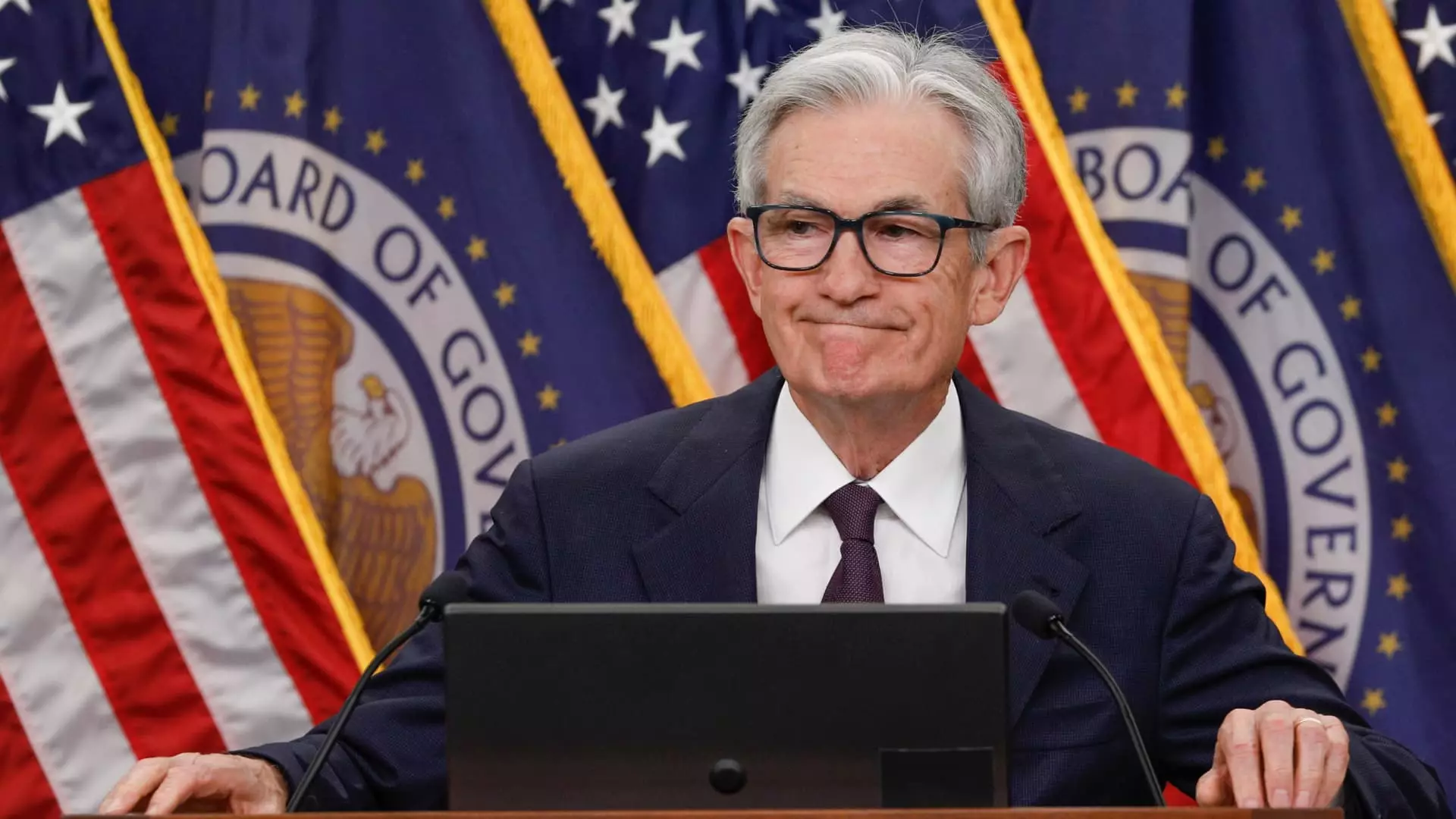This week, Federal Reserve Chair Jerome Powell is set to testify before Congress, a routine yet pivotal moment that has transformed into a high-pressure scenario. Powell’s semiannual briefing takes center stage against a backdrop of escalating demands from the White House and the financial community. Lawmakers from both sides of the aisle are ready to scrutinize his stance on interest rates, but this engagement promises to test the very fabric of the Federal Reserve’s independence. The urgency surrounding this testimony underscores not just the economic challenges at hand, but also the growing political entanglements that threaten to compromise the Fed’s credibility.
A convergence of pressures has emerged, with President Trump and his administration amplifying calls for reduced interest rates. They are not merely advocating for a dovish policy shift; they seek aggressive cuts, risking the integrity of the Fed’s traditional approach to monetary policy. The implications of such a pivot are monumental, potentially burdening the central bank with political biases that could distort its decision-making process.
Political Intrusions into Monetary Policy
The current climate suggests an unprecedented intrusion of political sentiment into the Federal Open Market Committee (FOMC). Veterans of economic theory have long defended the independence of the central bank as a safeguard against political pressures that could lead to cyclical economic destabilization. Yet, commentators like Mohamed El-Erian have pointed out that the façade of a politically insulated Fed is crumbling. With the Fed now grappling with pressures from within, led by Trump appointees like Christopher Waller and Michelle Bowman who advocate for a rate cut as early as July, the landscape appears increasingly partisan.
Moreover, as both Waller and Bowman call for a re-evaluation of policy, Powell faces the monumental task of aligning differing viewpoints within the committee itself. Historically, Fed chairs have operated on a path of cautious deliberation, relying on substantial empirical data and economic indicators rather than impulsive political considerations. The encroachment of urgent political demands risks undermining this empirical foundation, leading to a potentially volatile economic environment.
Short-Term Fix vs. Long-Term Health
The push for immediate rate cuts raises a vitally important question: should the Fed cater to transient political whim or adhere to its established mandate of stabilizing inflation and employment? Critics, including Jai Kedia from the Cato Institute, argue that a blind adherence to the current political climate could cause the central bank to lose its effectiveness. The notion that policymakers can provide instant remedies to complex economic issues is fundamentally flawed; it ignores the intricacies of economic adjustments and the lag effects of monetary policy.
Kedia’s assertion that tampering with rates could have counterproductive results is a reminder that economic policy cannot simply respond to loud calls for action. For example, the Fed’s previous attempts at aggressive cuts in late 2022 saw Treasury yields increase even as rates dropped, contradicting the expected outcomes of monetary easing. The dynamics of the bond market illustrate that what might seem like a straightforward policy shift can unfurl unpredictable consequences.
The Risk of Erosion of Trust
The clamor for aggressive monetary policy, especially from figures like Trump, poses broader risks to the Fed’s reputation and credibility. If the central bank succumbs to political pressure, it could set a precedent that diminishes public trust in its capacity to make objective economic decisions. This shift not only threatens the integrity of the Fed but could also lead to a longer-term crisis of legitimacy.
The dilemma is further exacerbated by the sentiment echoed by senior officials like Powell, who have stressed the importance of gradual and measured policy changes. Even if the Fed does lean towards cuts later in the year, doing so without succumbing to political whims will require a delicate balancing act. Powell must navigate these turbulent waters without appearing either obstinate or overly accommodating, lest he invite further scrutiny from both Congress and the White House.
What we witness today is a precarious interplay between economic policymaking and political influence. The pressures exerted upon Powell are symptomatic of a broader struggle, one that challenges the foundational principles that have historically governed the Federal Reserve. While some argue for immediate cuts to alleviate economic distress, the more prudent path lies in maintaining a commitment to sound, independent policy—a principle that must be upheld to safeguard the long-term health of the economy.

